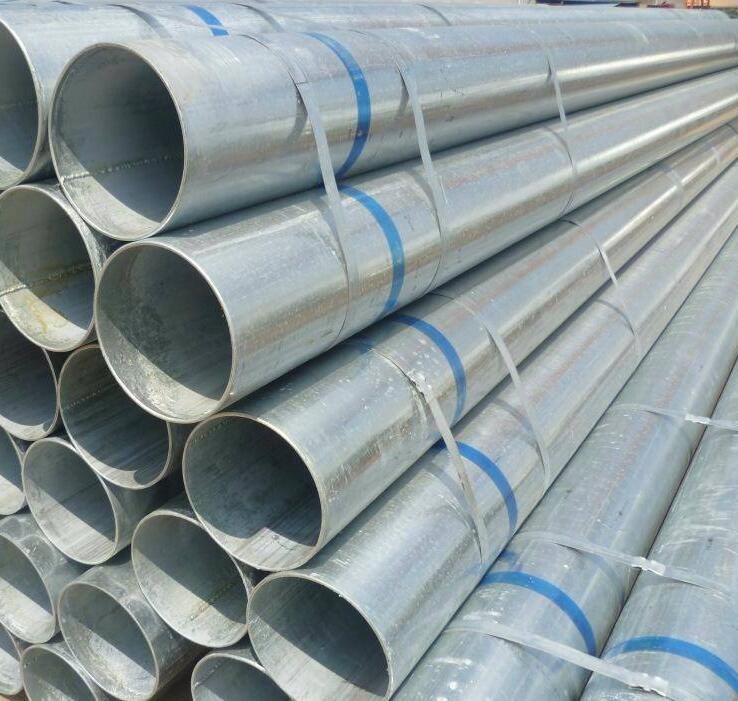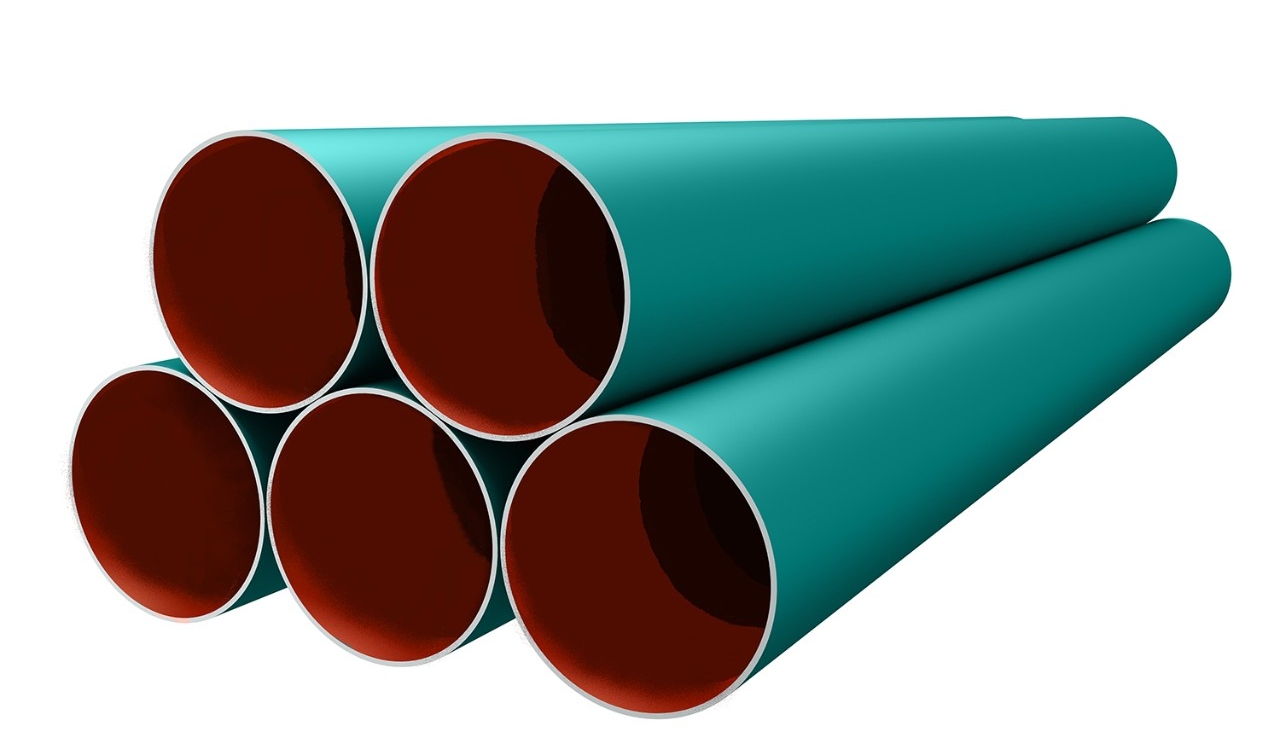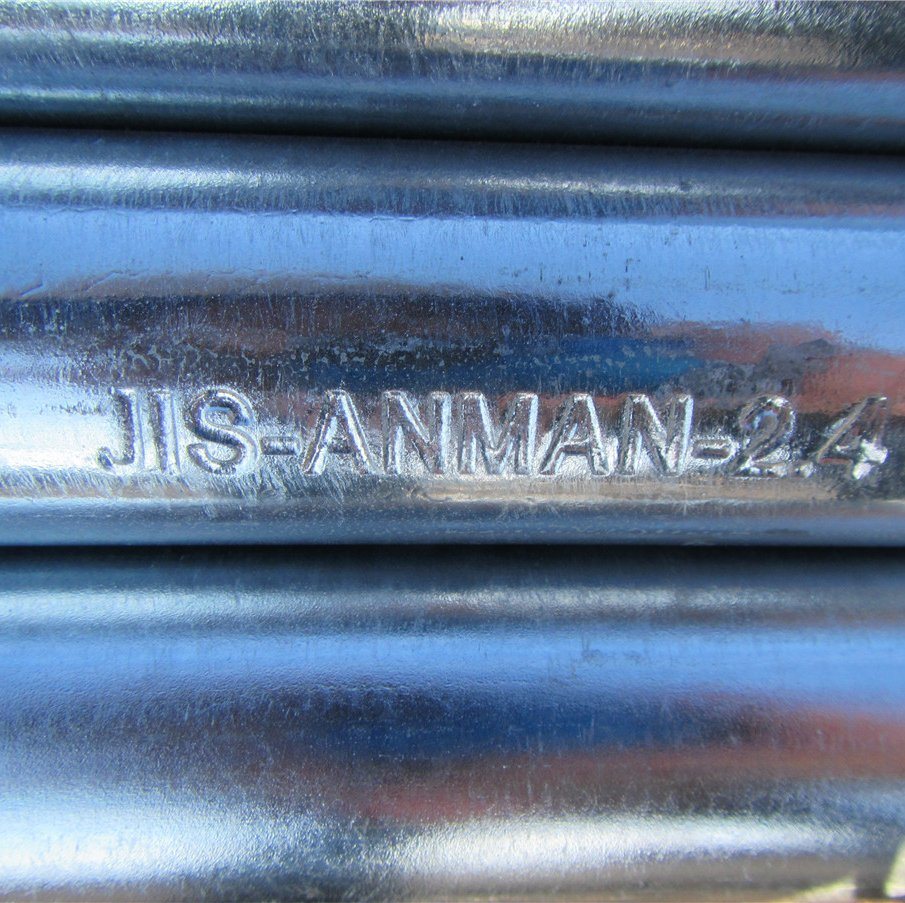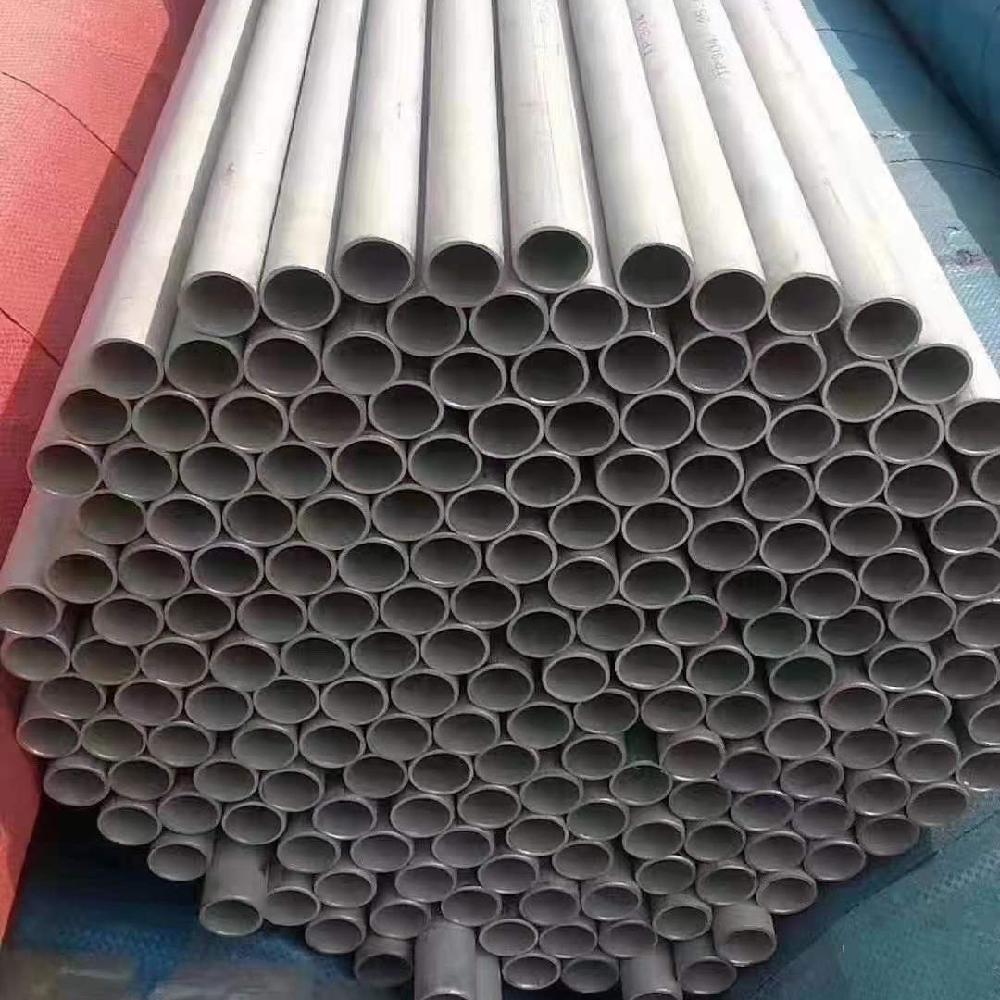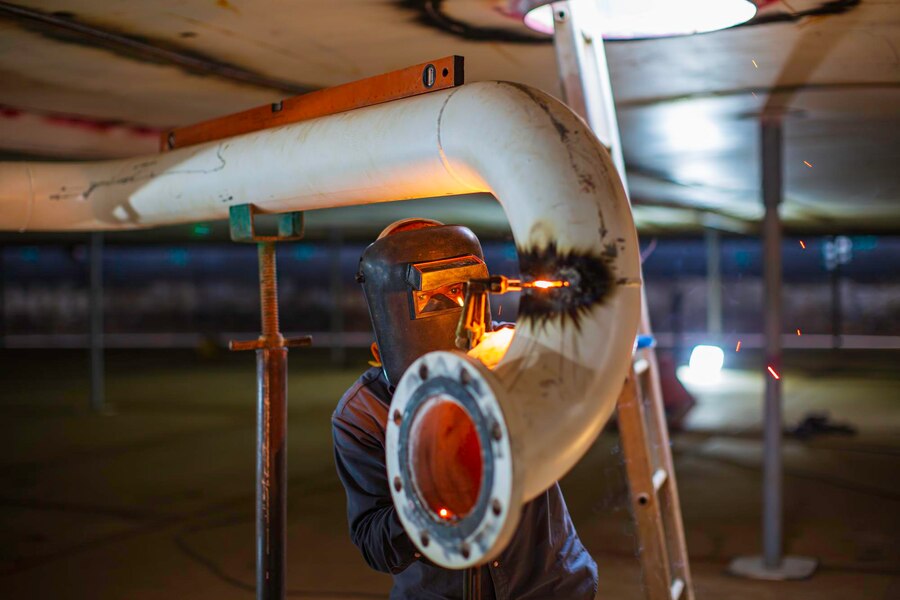pre-insulated pipeline system for Hot and Chilled Water
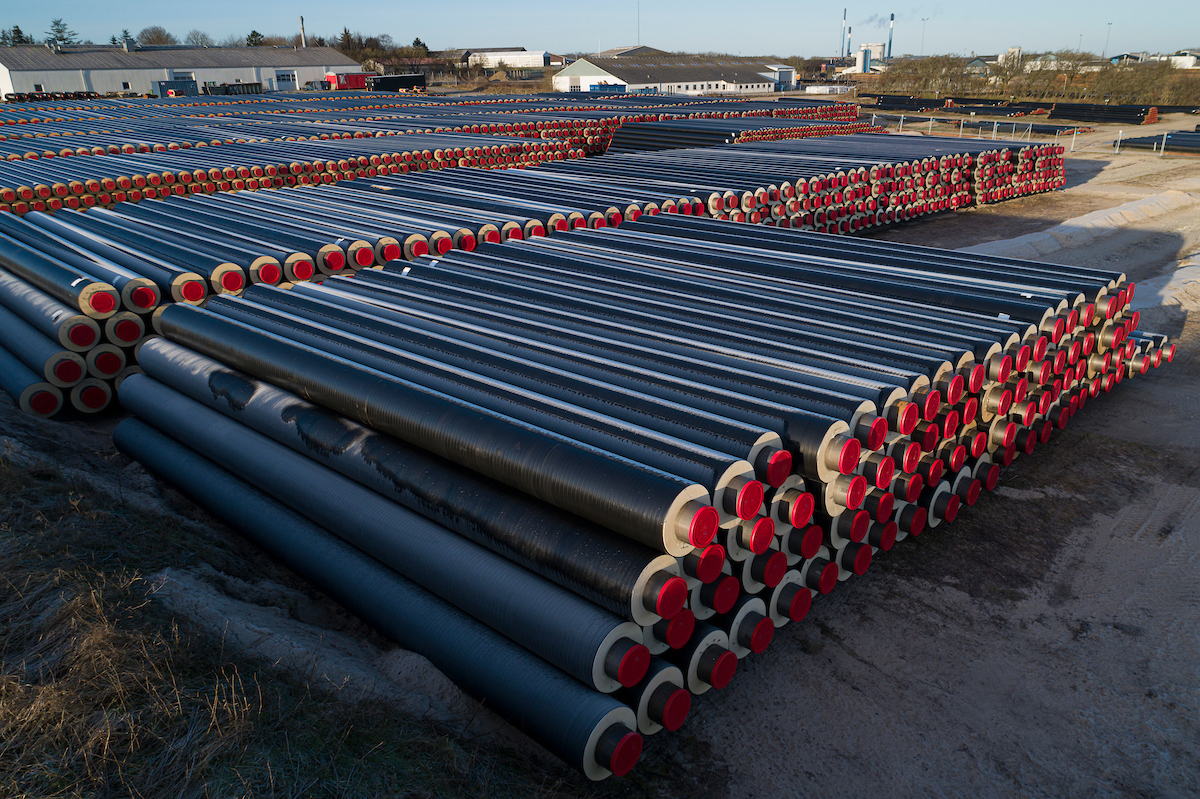
First, the structure of the pre-insulated pipeline system. It is
mentioned that the systems provided by Multipipe include single,
double and four tubes. The carrier tube uses crosslinked PE-Xa
material, with a color-marked oxygen barrier layer, and the
outer layer is a high-density polyethylene (HDPE) corrugated
sleeve. Tubes, providing mechanical protection and
moisture-proof functions. It is also mentioned that hot and cold
water pipes are usually integrated in an outer sleeve, and the
colors distinguish the flow direction. For example, orange
indicates water supply and blue indicates return water, which is
easy to identify during installation. . This shows that the
system design takes into account material durability and
installation convenience.
Then there is the application field. And noted that
pre-insulated pipes are suitable for regional heating,
connections of renewable energy (such as ground source heat
pumps), and transporting hot water from the heat source to
remote buildings. and mention the transport of hot or cold water
in central heating and industrial processes to keep the
temperature stable . In addition, the products mentioned in
Insul-Pipe Systems are suitable for cold water, hot water and
even steam, and have a wide range of applications, including
military, medical and other industries.
In terms of advantages, it lists energy saving, heat loss
reduction, corrosion prevention, and easy installation. and
Emphasizes its high flexibility, no special tools or welding,
and uses mechanical clamps to connect, fast installation and
cost savings. It is mentioned that there is no need for
expensive pre-insulation elbows, reducing installation
difficulty . In terms of heat loss calculation, and Explanation:
The heat loss per meter of pipeline is calculated by U value and
ΔT. For example, the heat loss of DN100 pipeline is 20W/m at a
temperature difference of 80°C. 。
Installation precautions include sealing and fixing. and It is
pointed out that shrinking end caps must be used to prevent
groundwater seepage, and fixing points must be set at the end of
the pipe to prevent the effects of thermal expansion and
contraction. Emphasize the importance of fixing points to avoid
damage to pipelines due to temperature changes . In addition, it
is mentioned that pre-insulated pipes are used in solar systems
to reduce heat loss and ensure stable water temperature.
There is also a choice of materials. Pipe materials that are
differentiated from different uses: PE-Xa for heating, HDPE for
cold water, and drinking water must meet sanitary standards. It
is mentioned that cold water pipes need to use materials such as
FOAMGLAS® to prevent condensation and corrosion. . In low
temperature environments, the durability advantages of PEX tubes
are pointed out.
Finally, users may need to understand market trends. The annual
growth rate of the pre-insulation pipeline market is mentioned
at 9.8%, which is mainly driven by energy conservation and
emission reduction policies. This shows that this technology has
great development potential in the future.
When summarizing, it is necessary to integrate the information
of each evidence and pay attention to possible contradictions.
For example, and It’s all mentioned that installation is easy,
but and It is emphasized that the fixing points and seals must
be installed correctly, otherwise there will be risks.
Therefore, these key points should be highlighted when answering
to ensure that users fully understand the advantages and
disadvantages of the system and installation requirements.
Pre-insulated hot and cold water pipe system is an efficient and
energy-saving pipeline solution, mainly used in underground or
regional heating/cooling networks to ensure the temperature
stability of the conveying medium (such as hot water, cold water).
The following is a comprehensive analysis of its key features,
applications and precautions:
System composition and materials
Structural Design
Carrier tube: made of cross-linked polyethylene (PE-Xa) with
oxygen barrier layer (orange is water supply pipe and blue
is return pipe), suitable for high temperatures (up to 95°C)
and low temperatures (such as cold water 25°C ) Scene 。
Insulation layer: microporous PE-X foam material,
closed-cell structure is waterproof and elastic and lasting,
and it still maintains performance even after multiple
bending 。
External sheath: Double-layer HDPE corrugated pipe provides
mechanical protection and moisture-proof functions, adapting
to complex underground environments 。
Accessories and connections
Equipped with standard joints (such as tees, elbows, end
caps) and fixing points, mechanical clamp connections that
require no welding, simplify installation and reduce costs 。
Sealing requirements: Shrink End Caps are required to
prevent groundwater seepage by non-adhesive systems,
complying with EN 15632-3 。
Core advantages
Energy-saving and efficient
The insulation layer significantly reduces heat loss, for
example, the DN100 pipeline has a heat loss of 20W/m at a
temperature difference of 80°C. 。
In centralized heating/cooling systems, energy waste is
reduced by maintaining water temperature, and are suitable
for the connection between solar thermal systems and water
storage tanks.
Easy to install
High flexibility design allows bypassing obstacles without
prefabricated elbows and supports on-site cutting (10-20m
standard length) 。
Lightweight design reduces handling difficulty, modular
accessories shorten working hours 。
Durability and safety
HDPE outer sheath anti-corrosion and extends service life;
PE-Xa inner pipe resistant to high temperature and high
pressure, suitable for industrial and drinking water
scenarios 。
Fire-resistant materials such as FOAMGLAS® are used in cold
water pipes to prevent condensation and fire risks.
Application scenarios
Regional energy network : Connect heat sources (such as
biomass boilers, heat pumps) to buildings for central heating or
cooling.
Industry and municipal : food processing, breweries,
hospitals and other fields that require stable temperature
control.
Renewable energy integration: medium delivery of solar water
heater systems and ground source heat pumps 。
Key points for installation and maintenance
Fixed point settings
Fixed anchor points (such as through the wall) need to be
installed at the end of the pipeline to resist the stress
caused by thermal expansion and contraction and avoid
longitudinal retraction damage. 。
Sealing and waterproof
The underground pipe joints must be sealed with shrinking
end caps to prevent groundwater from invading and insulating
failure. 。
The drinking water system needs to be thoroughly flushed
before installation and complies with hygiene standards
(such as WRAS) 。
Low temperature environment adaptability
In cold areas, additional insulation is required to prevent
pipelines from freezing (such as using insulation layers
with R value ≥3).
The low temperature resistance of PEX materials makes it
excellent in cold climates.
Markets and Trends
The annual growth rate of the pre-insulation pipeline market
reached 9.8%, driven by global carbon emission reduction
policies.
Technological innovation focuses on improving insulation
properties (such as increasing thickness) and material
sustainability 。

